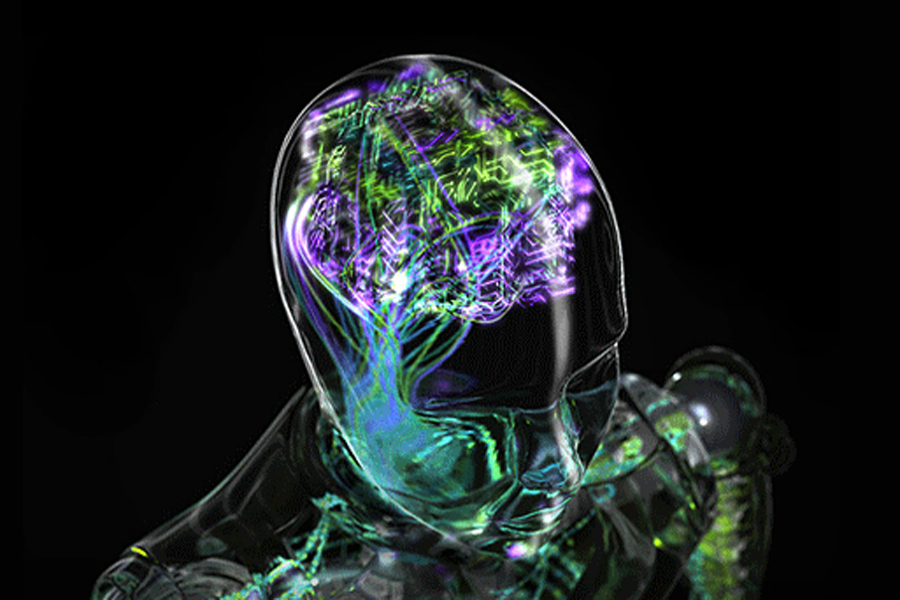American researchers are employing novel machine-learning techniques to improve the quality of life for patients by reducing toxic chemotherapy and radiotherapy dosing for glioblastoma, the most aggressive form of brain cancer.
In a paper to be presented next week at the 2018 Machine Learning for Healthcare conference at Stanford University, the Massachusetts Institute of Technology (MIT) Media Lab researchers reported a model that could dose regimens less toxic but still effective.
Patients of glioblastoma must endure a combination of radiation therapy and multiple drugs taken every month, but these strong pharmaceuticals tend to cause debilitating side effects in patients.
Powered by a "self-learning" machine-learning technique, the model looks at treatment regimens currently in use, and iteratively adjusts the doses, according to MIT's recent news release.
Eventually, it finds an optimal treatment plan, with the lowest possible potency and frequency of doses that should still reduce tumour sizes to a degree comparable to that of traditional regimens.
In simulated trials of 50 patients, the machine-learning model designed treatment cycles that reduced the potency to a quarter or half of nearly all the doses while maintaining the same tumour-shrinking potential.
Many times, it skipped doses altogether, scheduling administrations only twice a year instead of monthly.
The researchers' model used a technique called reinforced learning (RL), a method inspired by behavioural psychology, in which a model learns to favour certain behaviour that leads to a desired outcome.
The technique comprises artificially intelligent "agents" that complete "actions" in an unpredictable, complex environment to reach a desired "outcome."
Whenever it completes an action, the agent receives a "reward" or "penalty," depending on whether the action works toward the outcome. Then, the agent adjusts its actions accordingly to achieve that outcome, reports Xinhua.
"We kept the goal, where we have to help patients by reducing tumour sizes but, at the same time, we want to make sure the quality of life, the dosing toxicity, doesn't lead to overwhelming sickness and harmful side effects," said Pratik Shah, a principal investigator at the Media Lab who supervised this research.


